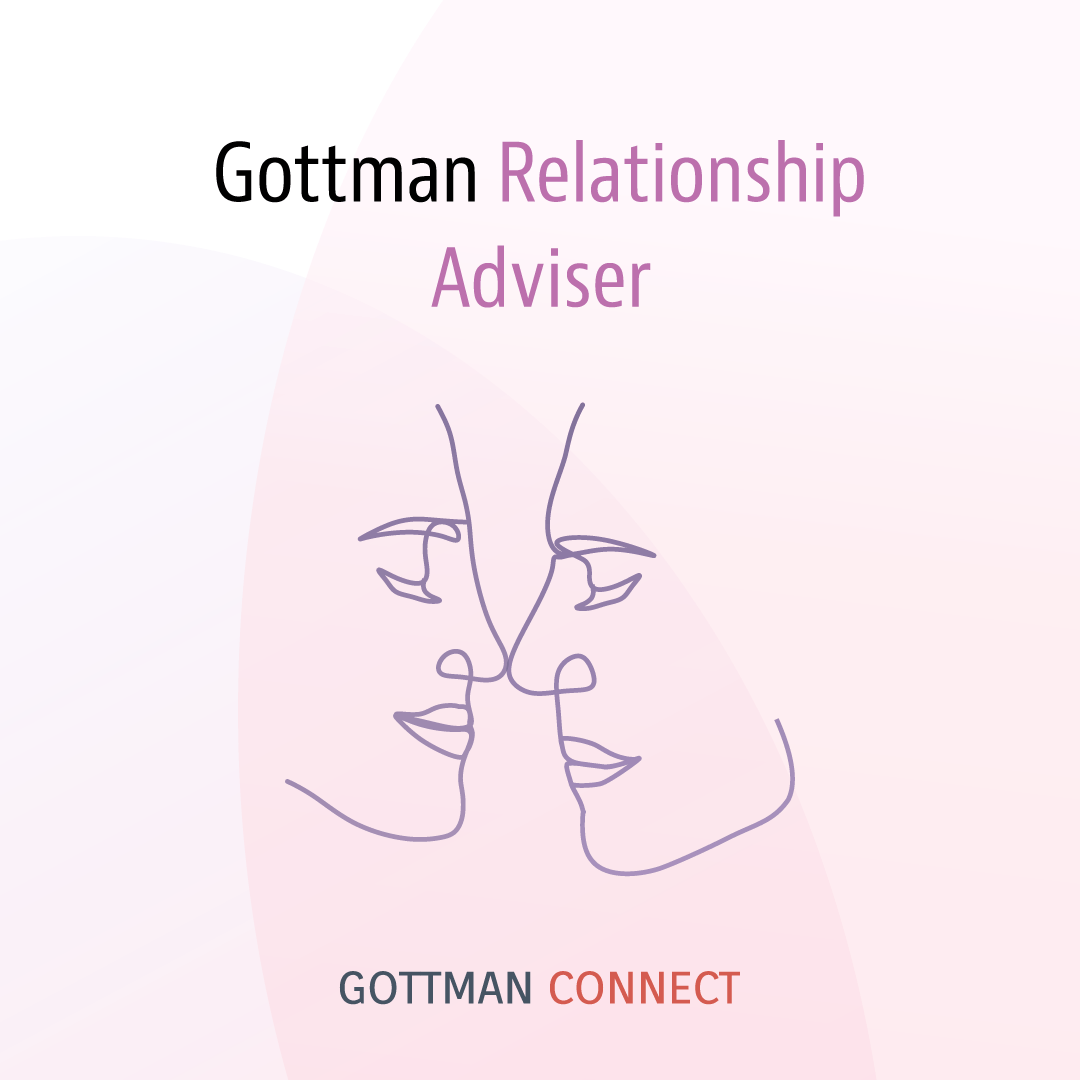It starts innocently enough—a simple request about taking out the trash or helping with dinner. But somehow, weeks later, you find yourself making the same request again. And again. You might start adding ‘always’ or ‘never’ or communicate criticism in your tone. The small request becomes an unhealthy communication pattern.
If you’ve ever felt trapped in this cycle, you’re not alone. Nagging or being nagged by the person you love is an exhausting and unpleasant dynamic that no one enjoys. There are often stereotypes about women nagging their husbands, but it is not gender specific nor is it a regular part of married life that you just have to live with.
The truth is, what we call “nagging” usually isn’t about the original request, like doing the dishes or the laundry. It often is a signal about something deeper, an unmet emotional need that is unrelated to the issue. When you dig deeper, you will find that underneath the nagging are partners struggling to feel heard, valued, and understood in their relationship.
What Nagging in a Relationship Really Is: The Communication Breakdown
Here’s what many couples don’t realize: nagging isn’t a character flaw or a gender-specific behavior. It’s actually a communication pattern that develops when our normal ways of connecting and collaborating start to break down.
The Anatomy of Nagging
Nagging involves repeated requests for the same action or change, with increasing frustration and criticism over time due to not being heard or getting a need met. What begins as a reasonable ask—”Could you please fix the leaky faucet?”—gradually transforms into something that focuses more on what’s wrong with the other person than on finding solutions to the original ask.
What happens when the request to fix the leaky faucet isn’t fulfilled? The requests turn into reminders which then become pointed comments. For instance, “I asked you ten times already and it is still not done. When are you going to get around to it? You can be so lazy when it comes to helping me, but when it’s something you want to do, you get it done right away!” What started as a task completion request, evolves into criticism of one’s character. Once this communication is in place, one partner might start to feel like they can’t do anything right while the other partner feels unheard and unsupported.
The Nagging Pattern: How It Escalates
The pattern typically unfolds like this:
Step 1: You make an initial request
Step 2: The request is ignored, forgotten, or dismissed
Step 3: You follow up and each time with increased urgency and frustration
Step 4: Frustration builds and criticism creeps in
Step 5: Your partner becomes defensive or withdraws
Step 6: Steps 3-5 repeat with even more intensity
What’s particularly painful about this pattern is how it impacts both partners. The person making requests begins to feel like a broken record, while the person receiving them starts to feel constantly criticized. Neither partner sets out to create this dynamic—but here you are, feeling more like adversaries than teammates.
Common Triggers That Spark the Pattern
Nagging in a relationship often emerges around:
- Unfinished household tasks (“The faucet still isn’t fixed”)
- Broken promises or commitments (“You said you’d call a plumber three weeks ago”)
- Different standards or priorities (“The leak is driving me crazy, but they seem fine with it”)
- Feeling unheard or unimportant (“If I don’t keep asking, nothing will happen”)
The key insight? These triggers aren’t really about the tasks themselves. They’re about deeper needs for being heard, valued, and understood.
The Psychology Behind Nagging in a Relationship
To break free from the nagging pattern, we need to understand what’s driving it for both partners. Because here’s the thing—neither person in this dynamic is trying to create conflict. They’re both trying to get important needs met, just in ways that aren’t working.
For the Person Making Repeated Requests
When you find yourself “nagging,” you’re usually experiencing:
A deep need for partnership and support. You’re not asking for perfection—you’re asking to feel like you’re in this together. When requests go unaddressed, it can feel like you’re carrying the relationship’s responsibilities alone.
Feeling overwhelmed or unsupported. Maybe you’re juggling work, kids, and household management while feeling like your partner isn’t fully engaged. The repeated requests become a way of saying, “I need help, and I need to know you care about what matters to me.”
Fear that your needs won’t be met otherwise. If gentle requests haven’t worked in the past, you might escalate because it feels like the only way to get action. It’s not that you want to nag—it’s that you don’t know what else will work.
Anxiety about responsibilities and standards. When you care deeply about having a functioning household or meeting certain standards, unfinished tasks can create genuine stress. The nagging becomes an attempt to manage that anxiety.
For the Person Receiving Repeated Requests
If you’re on the receiving end of nagging, you might be experiencing:
Feeling controlled or criticized. Even reasonable requests can feel like attacks when they come repeatedly. You might start to feel like nothing you do is ever right or appreciated.
Different priorities or timelines. What feels urgent to your partner might not feel urgent to you. You’re planning to handle it, just not necessarily right now—and that difference in timing creates friction.
Overwhelm or competing demands. You might be dealing with work stress, health issues, or other priorities that your partner doesn’t fully see. The repeated requests add pressure when you’re already stretched thin.
Resistance to being told what to do. Nobody likes feeling micromanaged, even by someone they love. When requests feel like orders, it’s natural to push back or shut down.
The Pursue-Withdraw Pattern
What often happens next is what relationship researchers call the “pursue-withdraw” pattern. The more one partner pursues (through requests, reminders, and eventually criticism), the more the other partner withdraws (through avoidance, defensiveness, or shutting down).
This pattern creates conflict: the pursuing partner increases their pursuit (e.g., more reminders) because they feel ignored, while the withdrawing partner increases avoiding or becomes more defensive because they feel attacked. Both partners end up feeling disconnected and misunderstood.
The emotional distance this creates can be profound. Intimacy suffers when you’re constantly in conflict about daily tasks. Trust erodes when promises aren’t kept or when requests are met with defensiveness. What started as a simple household issue becomes a threat to your connection itself.
Why It Might Feel Unfixable
If you have tried to solve the problem of nagging, you may have been told to ‘pick your battles’ or ‘agree to disagree.” However, this guidance misses the mark entirely.
Here’s why these approaches don’t work:
They ignore underlying needs. Simply stopping the behavior doesn’t address what was driving it in the first place. If you stop making requests but still feel unsupported, the underlying problem remains—and will likely surface in other ways.
They reinforce harmful stereotypes. Much of the traditional advice around nagging is steeped in gender assumptions that blame one partner (usually women) rather than addressing the communication breakdown as a shared challenge.
They focus on symptoms rather than root causes. Nagging is often a symptom of deeper issues: feeling unheard, overwhelmed, or undervalued. Addressing only the surface behavior is like putting a bandage on a wound that needs proper treatment.
They don’t account for both perspectives. Real change requires understanding and addressing what’s happening for both partners. One-sided solutions rarely create lasting improvement.
Better Alternatives to Understand Nagging
The good news is there are effective ways to address the needs that drive nagging in a relationship. These approaches work because they address the root causes rather than just the surface behaviors.
The Initial Ask: Moving Beyond Repeated Requests
Express Your Underlying Needs
Instead of focusing on the specific task, share what you need using emotions. Transform “You never help with the dishes” into “I feel overwhelmed with our household tasks. When the dishes pile up, I feel overwhelmed and I’d like to talk about how we can manage these tasks together so it feels more manageable..”
This shift in how the concern is brought up is powerful because it:
- Helps your partner understand how you are feeling
- Reduces defensiveness by focusing on your needs rather than their failures
- Invites collaboration rather than compliance
Make Specific, Reasonable Requests
When asking, make it as clear and doable as possible:
- Be specific and polite: “I need help cleaning this week. Could you help me clean please?” rather than “The house is a mess”
- Include timelines: “We have company coming on Saturday night, could we clean Saturday morning?” rather than “We need to clean soon”
- Address one thing at a time: Multiple requests feel overwhelming and are more likely to be ignored. “While our patio could use some cleaning too, let’s just focus on the bathrooms and floors.”
- Offer choices when possible: “Thanks for agreeing to help. Would you prefer to handle the bathrooms or the floors?” gives your partner a choice.
The key is making requests that set both of you up for success rather than frustration.
Use Positive Reinforcement
This might feel obvious, but it’s often overlooked: acknowledge and appreciate efforts, even small ones. When your partner does something you’ve requested, thank them genuinely. When they take initiative without being asked, celebrate it.
Receiving the ask: Step Up to Partnership
Communicate Your Constraints Honestly
If you’re feeling overwhelmed by requests, share how you feel. Instead of just saying “I’ll get to it,” try: “I hear you – the garage is a mess and I agree. I’m swamped with this work project until Friday, but I can tackle the garage cleanup this weekend. “
This kind of communication:
- Demonstrates you hear your partner
- Shows you’re taking the request seriously
- Gives your partner realistic expectations
- Creates the opportunity for collaboration and negotiation
Be Proactive Before Being Reminded
One of the most powerful ways to break the nagging pattern is to anticipate needs and communicate proactively. Instead of waiting to be reminded about the leaky faucet, put it on your calendar and mention your plan. “I heard you feel stressed about the leaky faucet and I put it on my calendar to call the plumber first thing in the morning..”
Your partner will feel heard and supported and most likely will not repeatedly bring up the concern because you are demonstrating that you are reliable and responsive..
Follow Through on Commitments
When you say you’ll do something, do it within the timeframe you’ve committed to. If something comes up that prevents this, communicate early: “I know I said I’d handle the plumber call today, but a work crisis came up. I’ll call after I’m able to handle this work issue. Can I do it tomorrow instead?”
Consistency in following through—or communicating when you can’t—builds trust..
When the Pattern Won’t Break
Sometimes, despite your best efforts, the nagging pattern persists. This might indicate deeper relationship issues that need professional support.
Consider couples therapy if you notice:
- Constant resentment that doesn’t resolve even when tasks get done
- Refusal to communicate or engage with solutions
- Escalation into personal attacks rather than focusing on specific issues
- Complete withdrawal from one or both partners
- The pattern affecting other areas of your relationship, like intimacy or parenting
A skilled couples therapist can help you:
- Identify underlying patterns and emotions you might not see on your own
- Learn new communication tools specific to your situation
- Address any deeper issues (like depression, anxiety, or past trauma) that might be contributing to the pattern
- Create accountability for lasting change
Remember, seeking help isn’t a sign of failure—it’s a sign that you’re committed to making your relationship work.
From Nagging to Partnership: A New Way Forward
The beautiful thing about understanding nagging as a communication breakdown rather than a character flaw is that it becomes something you can fix together. You’re not trying to change who you are—you’re learning to communicate your needs and respond to each other more effectively.
When couples successfully move beyond the nagging pattern, they often describe feeling like they’re on the same team again. Tasks get done, but more importantly, both partners feel heard, valued, and supported. The energy that was going into conflict gets redirected into connection.
Reviewed By: Dr. Faith Drew, PhD, LMFT
Dr. Faith Drew is a Licensed Marriage and Family Therapist in Arizona, North Carolina, South Carolina, and Texas with two decades of experience. She is a Certified Gottman Therapist and Consultant, and co-owner of Connect Couples Therapy, a specialized couples and relationship practice with locations in Charlotte, NC and Carefree, AZ, as well as In Session Psych, which supports individuals through trauma-informed care. Alongside her husband of 22 years and fellow Certified Gottman Therapist, Dr. George Bitar, she co-presents The Art and Science of Love workshop and helps lead Gottman Method webinars. Based out of the Carefree, AZ office, Dr. Drew offers couples intensives and ongoing therapy to help couples strengthen, repair, and grow their relationships.








